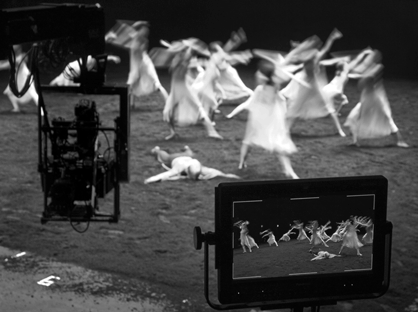‘Dance, dance otherwhise we are lost’. A reflection on the times of the city from an Urban Design perspective
DOI:
https://doi.org/10.6092/2281-4574/1558Keywords:
gender, times of city, urban designAbstract
With this article I propose to address the issue of ‘constructing space in time’ from the perspective of urban design. Which means essentially to shift from being an observer of city life to being someone responsible for drafting sensitive and resilient public spaces. Urban designers, perceiving the city mainly as a morphological phenomenon, are primarily concerned with the sensory, and particularly with the visual, qualities of urban space. This view of the city as a spatial-physical structure requires abstraction, to enable comprehension of the complexity and continuity of the urban space, its transparency and its indeterminacy. However, this abstraction too often fails to take into account the properties of the city as a place of habitation, ignoring the sociocultural specificities of its different users. The reflection I propose attempts to take urban design beyond this abstraction, which is so indifferent to the human element, towards a more concrete and specific approach. It calls for a shift in the rather theoretical postmodern interest in the urban space, important though it is in its morphological inclusiveness, to embody a pluralistic subjective perception of the space and its use, bearing in mind fundamental relationships between space, time and social processes.
Downloads

Downloads
Published
Issue
Section
License
Gli autori che pubblicano su questa rivista accettano le seguenti condizioni:- Gli autori mantengono i diritti sulla loro opera e cedono alla rivista il diritto di prima pubblicazione dell'opera, contemporaneamente licenziata sotto una Licenza Creative Commons - Attribuzione che permette ad altri di condividere l'opera indicando la paternità intellettuale e la prima pubblicazione su questa rivista.
- Gli autori possono aderire ad altri accordi di licenza non esclusiva per la distribuzione della versione dell'opera pubblicata (es. depositarla in un archivio istituzionale o pubblicarla in una monografia), a patto di indicare che la prima pubblicazione è avvenuta su questa rivista.
- Gli autori possono diffondere la loro opera online (es. in repository istituzionali o nel loro sito web) prima e durante il processo di submission, poiché può portare a scambi produttivi e aumentare le citazioni dell'opera pubblicata (Vedi The Effect of Open Access).

